What Is the A Spot? A Closer Look at This Pleasure Zone
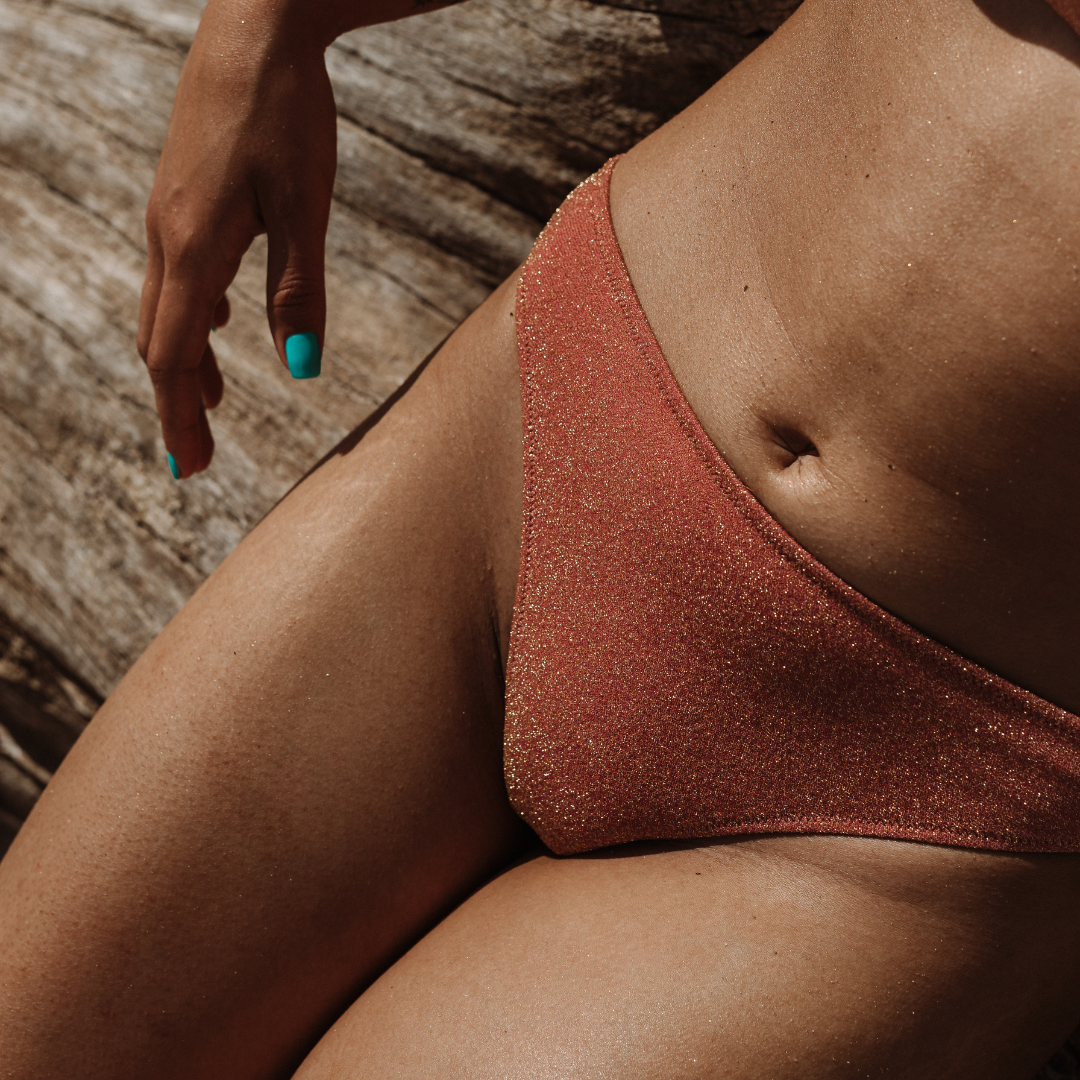
Table of Contents
Most of us know the “go-to” pleasure spots, the famous clitoris, the G Spot, maybe even the cervix.
But there are other zones that rarely get the attention they deserve, zones that can bring significant sexual pleasure . One of those is the A Spot.
Also known as the Anterior Fornix Erogenous Zone, the A Spot lives along the upper vaginal wall between the G Spot and the cervix. It’s deep, tucked away, and highly responsive to soft, sustained pressure. For many women, A Spot stimulation can lead to emotional, even cathartic orgasms, especially when the body is already aroused and relaxed.
In this article, we’ll walk you through exactly what the A Spot is, how to find it, why it feels so good, and the best ways to stimulate it.
What Is the Anterior Fornix Erogenous Zone, & Where Is It?
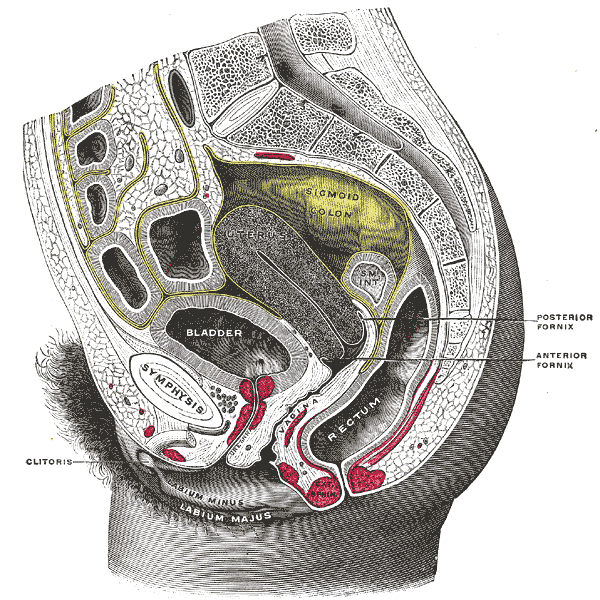
The A Spot, short for Anterior Fornix Erogenous Zone, sits deeper than the G Spot, higher up on the front (anterior) vaginal wall, closer to the cervix.
Anatomically, it’s located just a few inches past the G Spot, tucked near the cervix where the vaginal canal angles upward. It feels smoother and less spongy than the G Spot, sometimes with a faint ridge or silkier texture. The key to accessing it is depth and angle.
To find it with your finger, slide your pointer finger inside the vagina with your palm facing up. Pass the G Spot, and curve your finger upward toward your belly button. The A Spot lies several inches deeper, near the place where you may feel a slight resistance or tenderness.
Why A-Spot Stimulation Feels Different
G Spot stimulation can build quickly. But A Spot pleasure is slower and often more emotional. It can feel like a gentle fullness building into soft, rolling waves. Some women describe it as a warm ache that unravels into release. Others say it feels like being touched in a place that’s been waiting years to be met.
Because the A Spot sits near the Skene's glands and vestibular bulbs, stimulation here taps into a deeper layer of the arousal network, one often missed by quick penetration or surface-level touch. For women who struggle with vaginal dryness, this area can spontaneously produce natural lubrication when awakened.
How to Stimulate the A Spot
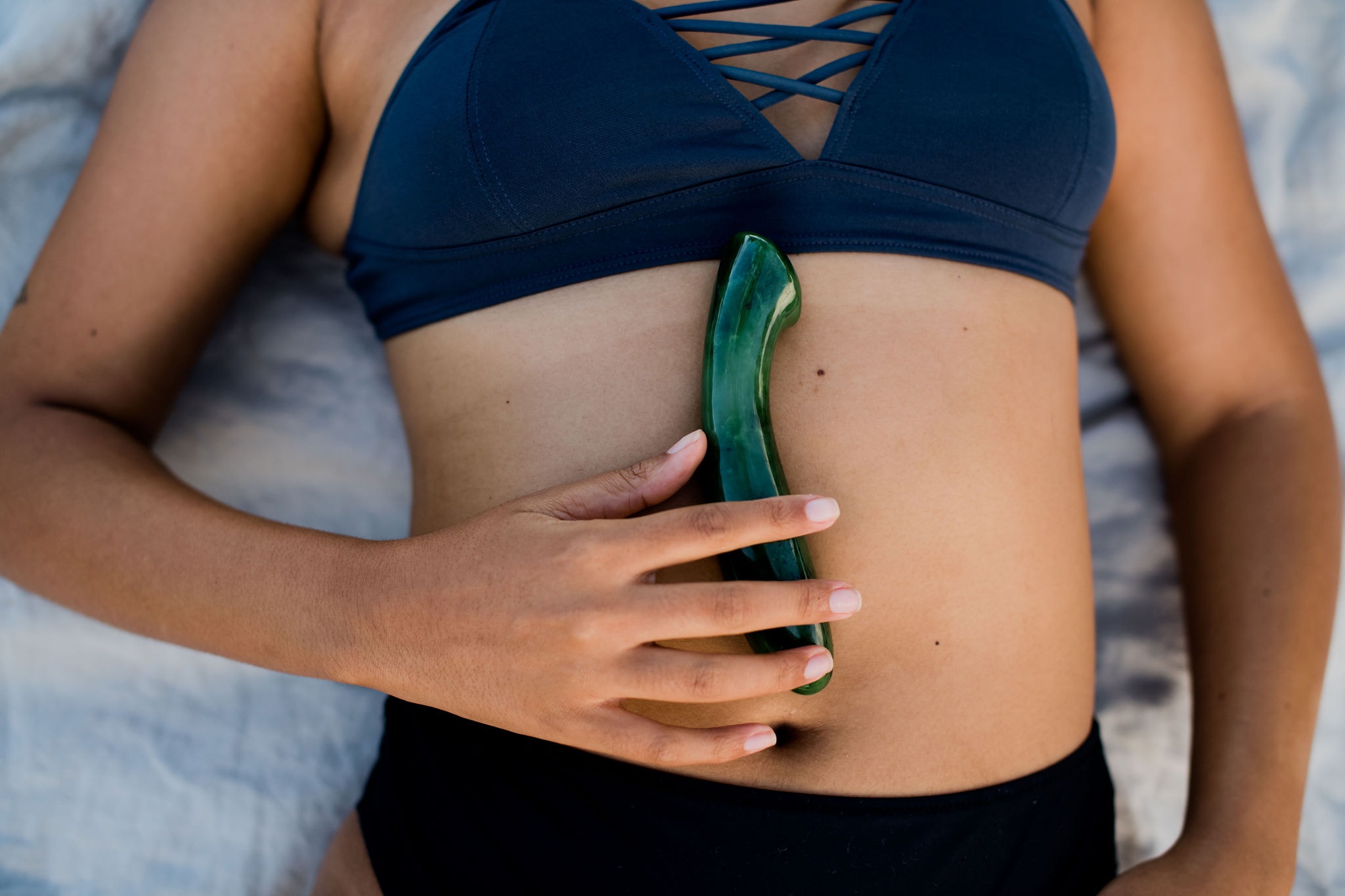
Solo Practice
-
Set the environment
-
Choose a private, warm space where you feel unrushed. Lie on your back with a pillow under your hips to tilt your pelvis, or try side-lying with one leg bent over the other.
-
-
Warm up the body
-
Bring awareness to your pelvic area through deep belly breathing. Gentle outer touch, clitoral massage, or breast stimulation can increase arousal and vaginal blood flow, making A Spot access easier.
-
-
Apply organic lubricant
-
Use a generous amount of organic, body-safe lube on your wand and vaginal opening. This is essential for comfort and deep access.
-
-
Choose the right tool
-
Select a Curved Wand or Cervix Wand that’s at least 6–7 inches long with a gentle upward curve. Firmness helps maintain pressure during deep internal contact.
-
-
Insert slowly, curve upward
-
Slide the wand in with your palm facing up, the curved tip pointing toward your belly button. Go slowly and consciously, breathing deeply as you move inward.
-
-
Pass the G Spot, find the A Spot
-
You’ll first feel the rougher, spongier G Spot (about 2–3 inches in). The A Spot lies deeper, around 4–5 inches inside, on the front wall, just before the cervix.
-
-
Apply subtle pressure
-
Once you locate the smoother, velvety area, use upward strokes, gentle circles, or steady press-and-hold pressure. Avoid fast thrusting. This is not about friction, but presence.
-
-
Track your body’s feedback
-
Notice sensations like fullness, warmth, emotional release, or shifts in breathing. Allow any feelings (including tears or numbness) to arise without judgment.
-
-
Release outcome pressure
-
Let go of the goal to orgasm. The A Spot often awakens with presence. Stay curious and connected to how your body responds in real time.
-
With a Partner
Positions to Try
-
Try rear entry with chest down
-
This aligns the vaginal canal for deeper, front wall access. Have your partner angle their fingers or penis upward inside you toward the belly.
-
-
Use lifted missionary
-
Lying on your back with a firm pillow under your hips tilts your pelvis, allowing for more depth and better pressure on the front wall during penetration.
-
-
Side-lying with leg over partner
-
This opens the pelvis and creates an easy angle for fingers or a wand to reach the A Spot comfortably from the front.
-
Technique & Communication Steps:
-
Use fingers or wand during penetration
-
Your partner can slide a finger (palm up) in alongside penetration and curve it upward, or use a wand during oral or partnered sex to press into the A Spot directly.
-
-
Guide in real time
-
Tell your partner what feels good. Real-time feedback helps fine-tune depth, angle, and rhythm.
-
-
Ask for slowness and stillness
-
The A Spot responds to undistracted, steady presence. Invite your partner to slow down, hold pressure in one spot, or just stay still and breathe with you.
-
-
Welcome emotional responses
Tears, shaking, or emotional release are common. This zone holds deep layers of sensation and memory. Let your partner know that staying present is the most supportive thing they can do.
How to Know You’re Hitting the Right Spot
Tissue-Level Sensations
-
Texture changes from spongy to slick-smooth: As you move past the G Spot (which feels bumpy or rough, like the roof of your mouth), you’ll notice the upper wall becomes velvety and softer, like the inner lip of your mouth. This is where the A Spot lives.
-
Slight dip or subtle groove on the front wall: Some women feel a gentle indentation or change in tissue density, a place where the tool or finger "nests" into the wall rather than sliding over it.
-
Firm resistance paired with comfort: The right depth creates a sense of “meeting something solid” without pain. If you’re too shallow, you’ll float. If you’re too deep, you’ll hit the cervix. The A Spot sits between these zones and feels like the perfect middle ground.
Pelvic Sensations:
-
Spreading warmth across the pelvic bowl: After a few seconds of gentle, sustained pressure, you may feel heat or fullness radiate laterally toward the hips or down into the thighs. This happens when the internal pelvic muscles start releasing.
-
Uterine tug or gentle pull: Some women feel a strange, internal sensation that mimics the beginning of period cramps, but gentler. It’s a pulling or suction feeling behind the pubic bone.
-
Automatic pelvic drop or tailbone release: Your pelvis may naturally flatten or drop into the surface you’re lying on. That shift is your pelvic floor letting go, indicating the pressure is right.
-
Internal throbbing without clitoral stimulation: The A Spot can create its own internal pulsing, like the cervix or vaginal walls responding on their own. This is a sign of increased blood flow and a neural response in deep tissue.
Reflexive Responses:
-
Sudden lubrication (even if you were dry before): You may go from dry to wet in under 30 seconds without external arousal. This is a reflex activated by the proximity to internal arousal centers like the Skene’s glands and female prostate network.
-
Change in breath pattern: Your breath slows or becomes audible without you trying. Some women start sighing, yawning, or spontaneously exhaling as tension drops.
-
Involuntary tears or throat tightness: You might tear up or feel a lump in your throat. This is a release response triggered by a deeply held area being touched for the first time with presence.
Emotional and Somatic Markers:
-
A sudden need to stay still: You may instinctively pause all movement and feel the need to stay right there. This moment of stillness is your nervous system down-regulating and accepting contact.
-
Wave of unexpected tenderness: You might experience a wash of softness or intimacy. It might feel like your whole body wants to curl inward and be held.
-
Desire to vocalize: This might sound like humming, crying, sighing, or even moaning in a low tone. The A Spot often evokes low-frequency sounds, tied to vagal nerve stimulation.
-
A flash of imagery or memory: It’s not uncommon for images, memories, or names to arise when this area is pressed, especially if the body has stored emotion in the tissue. These can pass through quickly or linger like a dream.
If You Don’t Feel AnyThing Yet…
-
You haven’t reached the right depth. Most fingers can’t reach it unless the pelvis is tilted or you’re highly aroused. Wands help because they bypass arm and wrist limitations.
-
The tissue may be numb. Many women have never been touched at this depth before, especially not with intention. Numbness is common when there’s been disuse, dissociation, or trauma.
-
The nervous system isn’t ready. If you're tense, distracted, rushing, or using goal-oriented pressure, your pelvic floor will stay guarded. The A Spot only responds in parasympathetic (rest-and-receive) states.
-
Arousal may be too low. The A Spot responds best when clitoral, emotional, and internal arousal have been slowly cultivated. Try stimulating it after extended outer pleasure, not before.
-
You’re using the wrong angle. Even long toys can miss the A Spot if you’re pointing straight in. The angle should be upward toward the belly button, with the curve following the natural rise of the vaginal canal.
Our Best A Spot Wand Toys
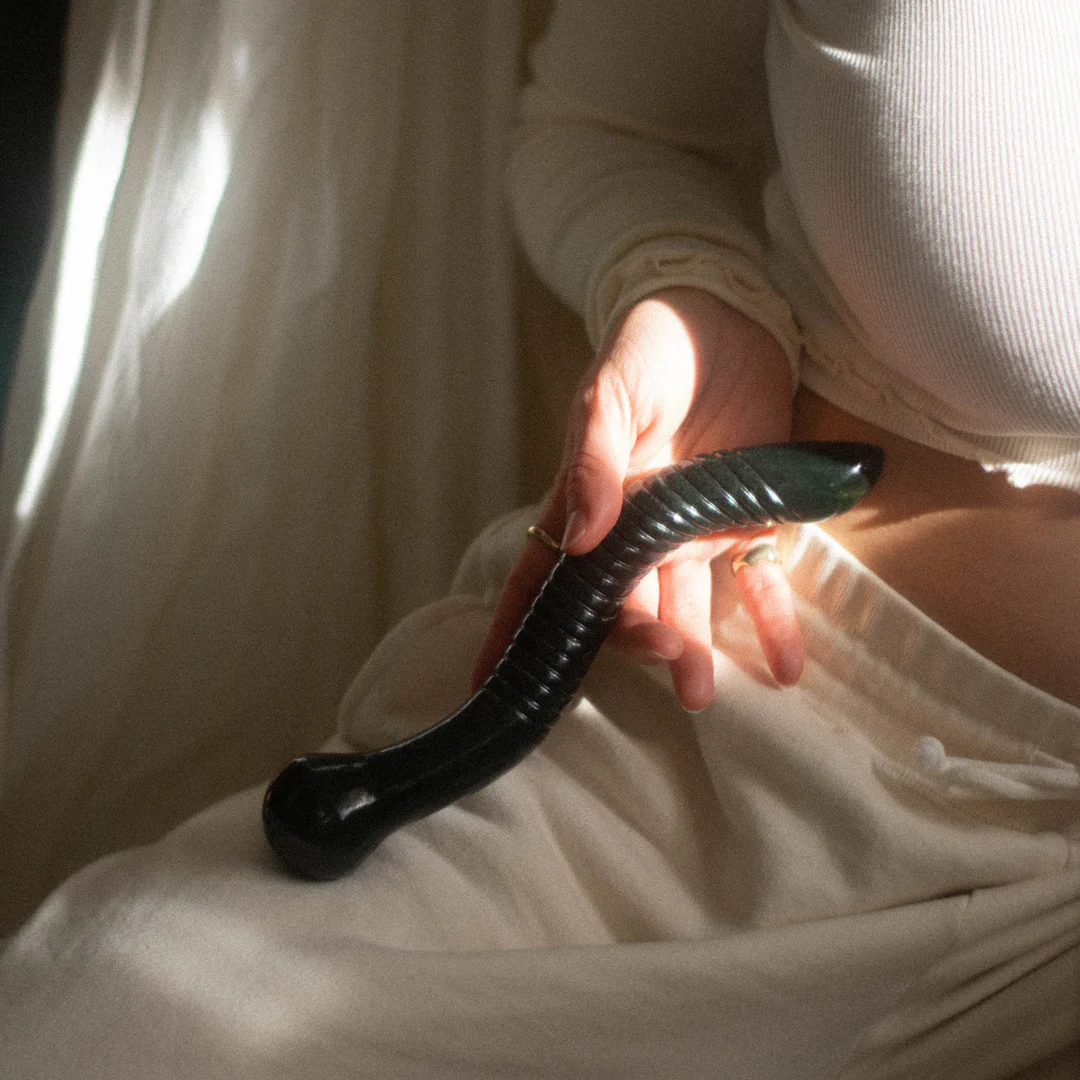
Most sex toys, including vibrators, are built for shallow pleasure. These work fine for external play or G Spot stimulation, but they fall short when it comes to the A Spot, which lives deeper in the vaginal canal, where a gentle curve and real reach are essential. If your tool doesn’t make it past the G Spot and curve upward toward the belly button, it’s likely missing the mark entirely.
This is where the Cervix Wand becomes indispensable. It’s long enough to reach the anterior fornix without having to twist your wrist into a claw or contort your body. Unlike lightweight toys that require constant pressure, the Cervix Wand's solid build means it rests into the tissue with its own natural weight, offering sustained contact without the need to push. That weight lets the body receive instead of brace. Once inserted, the gentle curve of the wand naturally aligns with the front vaginal wall, allowing for slow, rocking movements that stimulate the A Spot with control and presence.
For women wanting a softer approach, or for days when the body feels tender, a Curved Wand offers a lighter, more responsive option. It’s particularly useful when you're exploring sensation for its own sake rather than chasing climax. The Curved Wand allows you to trace the upper vaginal wall with circular movements or small upward presses, which are ideal for gradually awakening the A Spot. Its thinner frame makes insertion gentle, even when arousal is low or the tissue feels sensitive.
Both of these tools, offer real, physical access to parts of your body that are rarely touched, and even more rarely understood. What makes them especially powerful is their versatility. The Cervix Wand, while made for depth, also massages the G Spot along the way and can be used for cervix touch when you’re ready. The Curved Wand, though gentler, can still reach the A Spot if you add a small tilt to the pelvis or support your hips with a cushion.
Conclusion
The A Spot holds real physical and emotional pleasure for many women. It lives along the front vaginal wall, just past the G Spot, and responds best to slow, steady pressure applied with presence.
Many women have never explored this zone simply because the tools, knowledge, or language were missing. Now you have all three.
To access the A Spot, you need the right angle, enough depth, and a relaxed nervous system. A curved wand or your partner’s fingers angled toward the belly button can help you reach it. Positions like lifted missionary or rear entry make this easier during sex. And solo practice with a wand gives you time to explore easily.
FAQ
The A Spot, short for the anterior fornix erogenous zone, is located deep inside the vagina, on the front vaginal wall, about 4–6 inches inside from the vaginal opening, often requiring deeper penetration to stimulate effectively. It sits just beyond the G Spot and just before the cervix, making it one of the most overlooked but highly sensitive erogenous zones.
Unlike the G Spot, which responds to rhythmic, bouncy touch, the A Spot prefers sustained pressure. When properly stimulated, usually with a wand toy, curved sex toy, or a partner’s fingers angled palm facing up toward the belly button, it can trigger vaginal lubrication, deep feelings of sexual pleasure, and even female orgasm without clitoral stimulation. This zone is directly linked to the female prostate, vestibular bulbs, and deeper parts of the sexual response cycle.
Many women describe it as the place where “depth meets tenderness.” Reaching it often requires deeper penetration, such as with rear entry missionary, doggy style, or lifted missionary partner positions, especially when using toys designed for internal exploration.
The C Spot is a term used less often, but it typically refers to clitoral stimulation, specifically the external clitoris and sometimes its internal branches that extend along the vaginal wall. While the A Spot and G Spot are located inside the vagina, the C Spot is external (at the clitoral hood) but can activate internal pathways connected to orgasm and blood flow.
Combining clitoral stimulation (C Spot) with vaginal penetration targeting the G Spot, A Spot, or cervix can create full-body pleasure, especially during heightened sexual arousal. Using a vibrator, wand, or partner’s hand in different settings, like stimulating the clitoris while a toy inside hits the deep spot, can help many women reach orgasm more easily. Some women need that external clitoral input to activate the deeper zones, while others experience internal orgasm alone.
The AG Spot refers to a combined stimulation of the A Spot and G Spot. These zones are both located on the front wall of the vaginal canal, but the G Spot lies about two inches inside, while the A Spot is inches higher, near the anterior fornix.
Stimulating both together can trigger intense, wave-like sensations that feel like the body is being opened from within. Many women report emotional release, deep pelvic warmth, and a type of orgasm that is different from clitoral-based climax: less sharp, more full-bodied, and harder to describe.
For many women, the cervix is a pleasurable spot, but it depends on arousal level, timing, and technique. The cervix sits at the far end of the vaginal canal, and during high states of sexual arousal, it moves slightly upward, becoming more accessible for pleasure rather than pain.
Some women experience deep emotional or energetic orgasms through cervical stimulation, especially when the cervix is touched with intention, slowness, and the body is fully warmed up. Tools like the Cervix Wand, used with a soft rocking motion, or rear entry positions that allow for full depth without jarring, are often preferred.
That said, the cervix contains nerve endings different from the clitoris or G Spot, it doesn’t respond to friction or fast strokes. It responds to presence, pressure, and emotional safety. If you're experiencing vaginal dryness or tension, it's best to explore the A Spot or G Spot first before moving to the cervix.





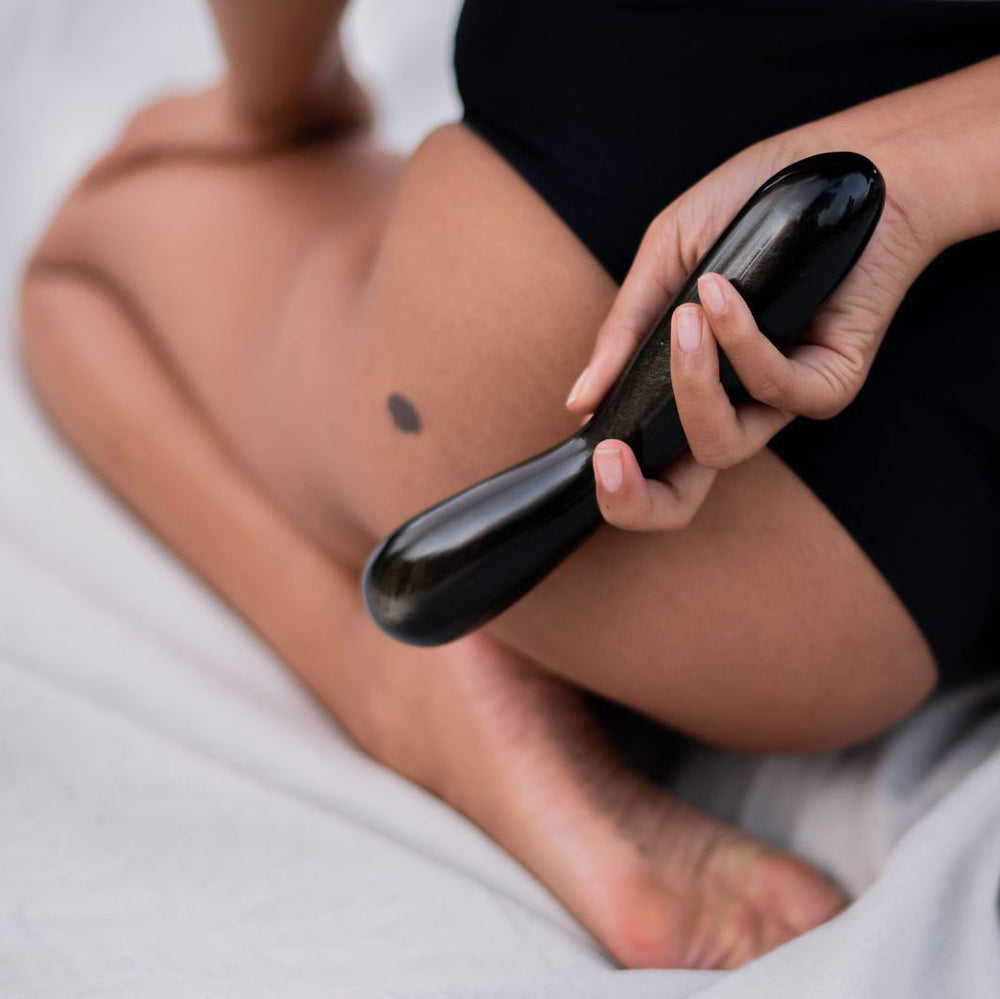


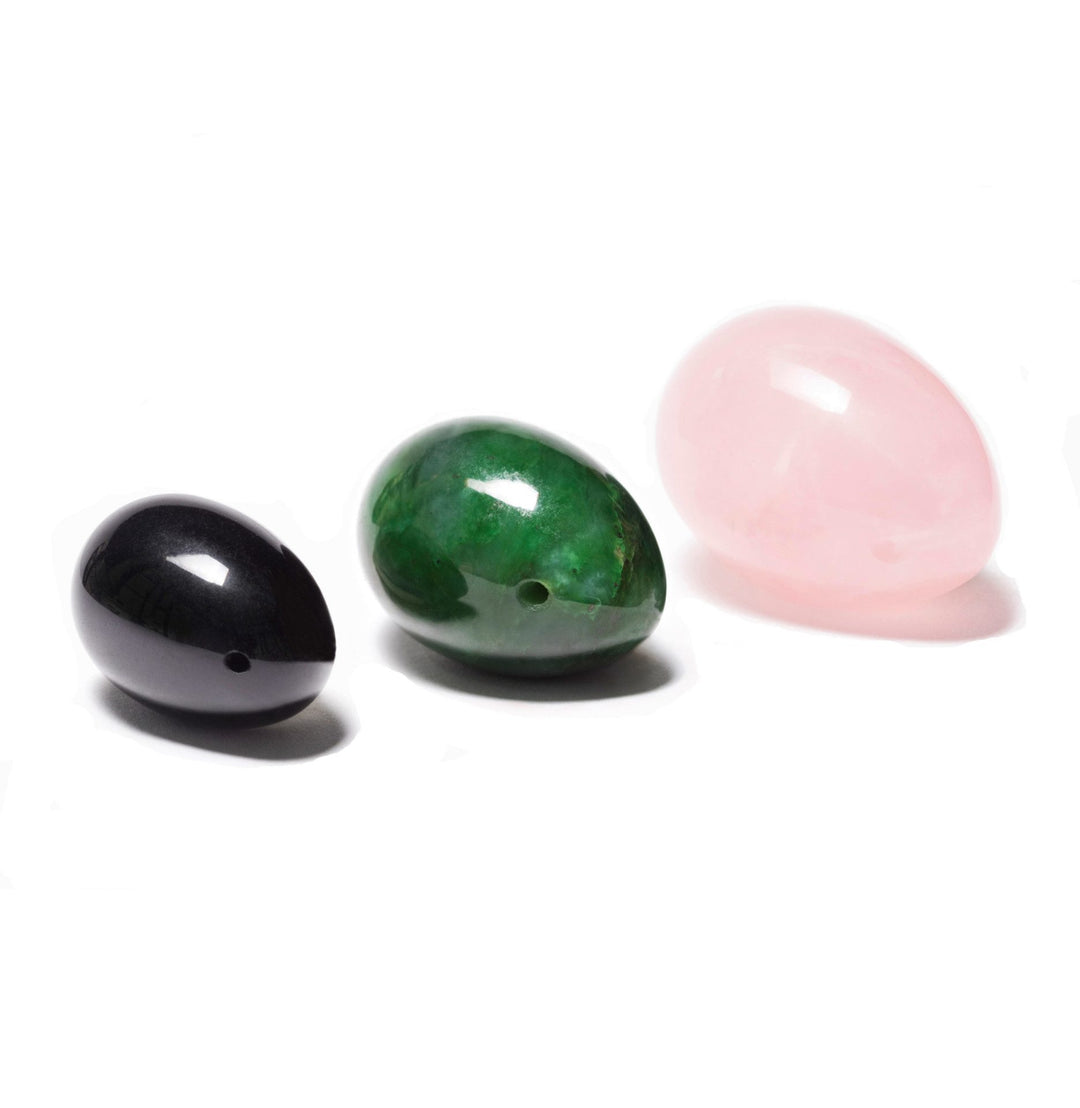
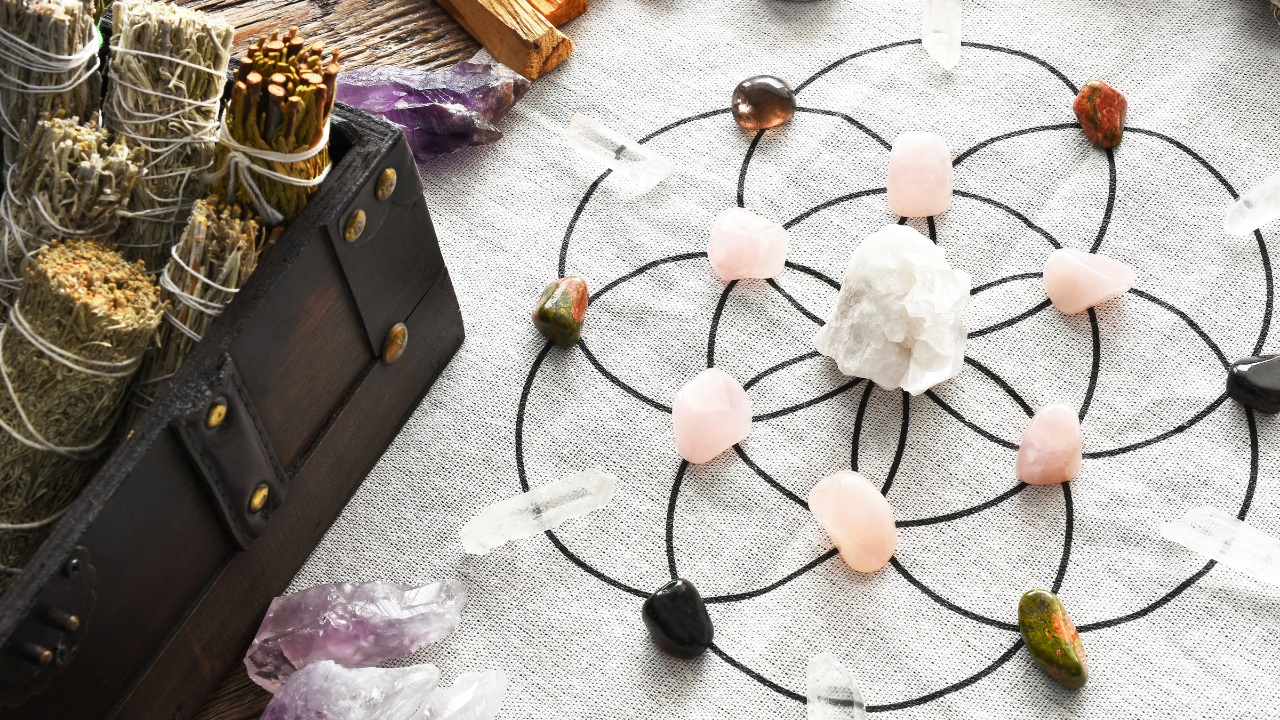
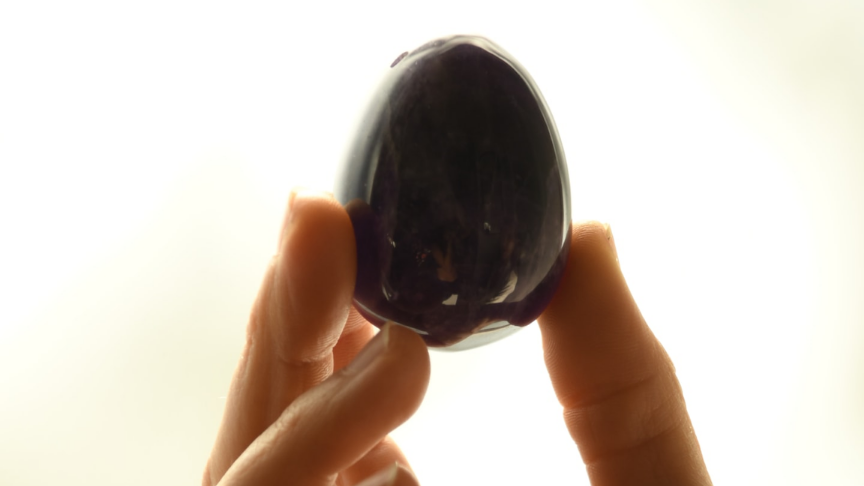
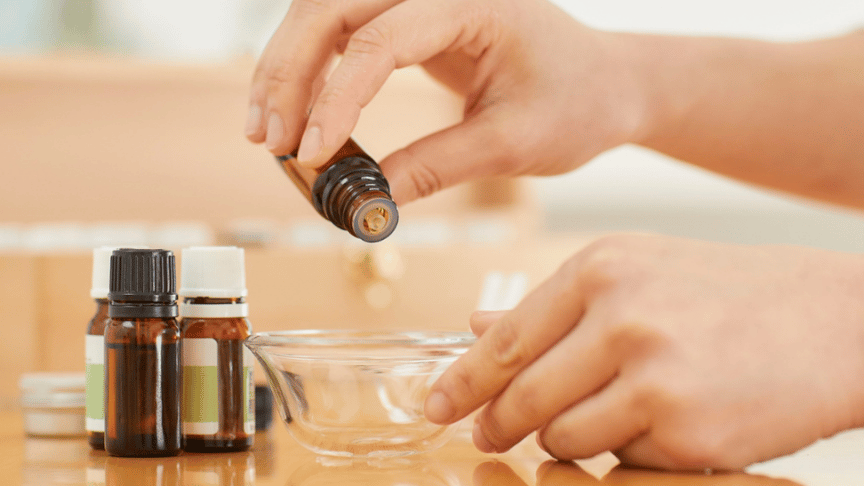
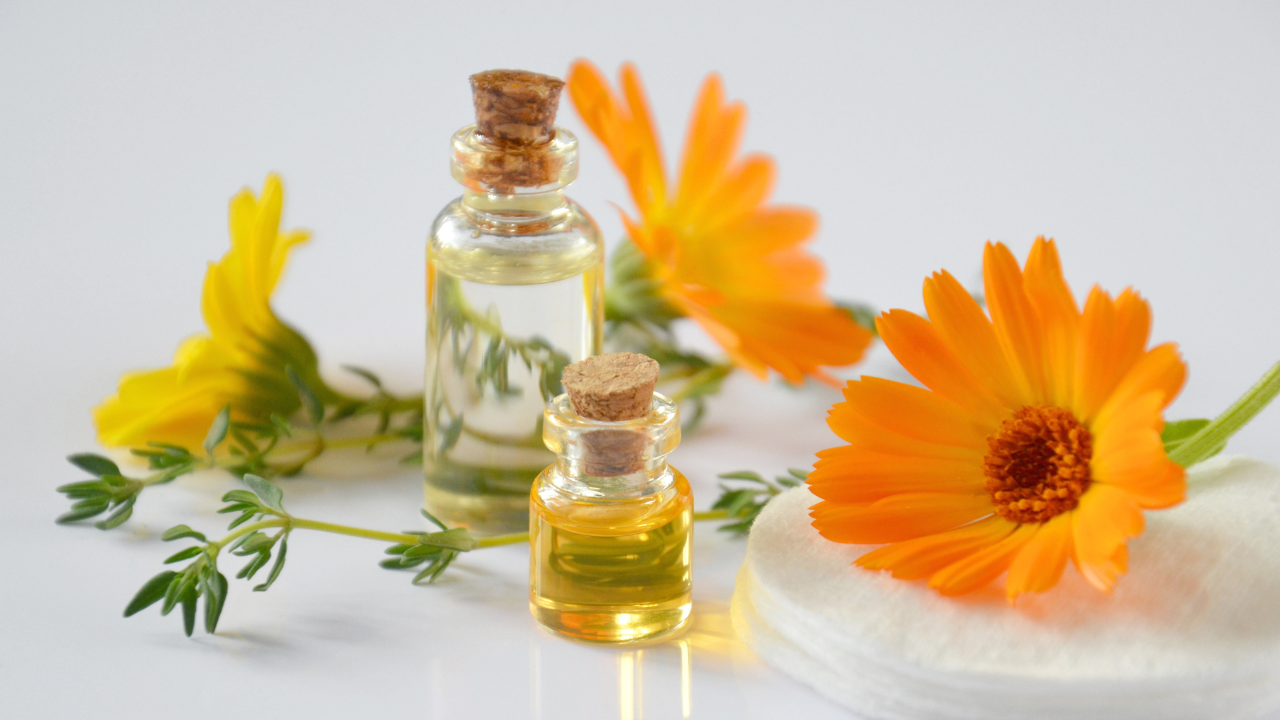
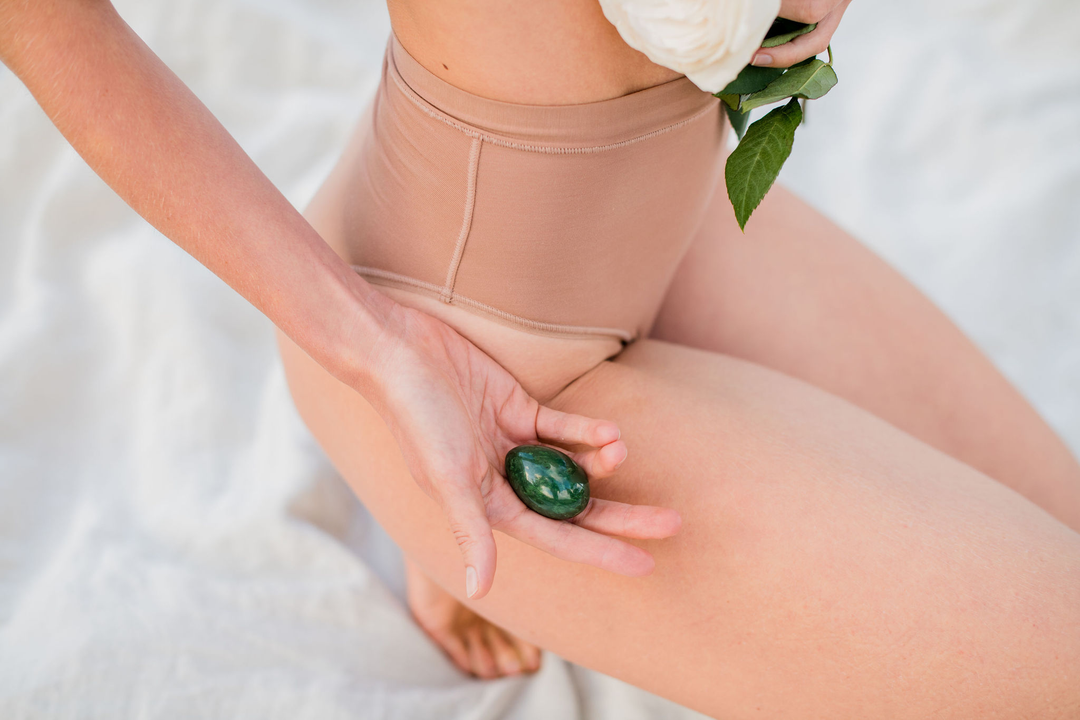
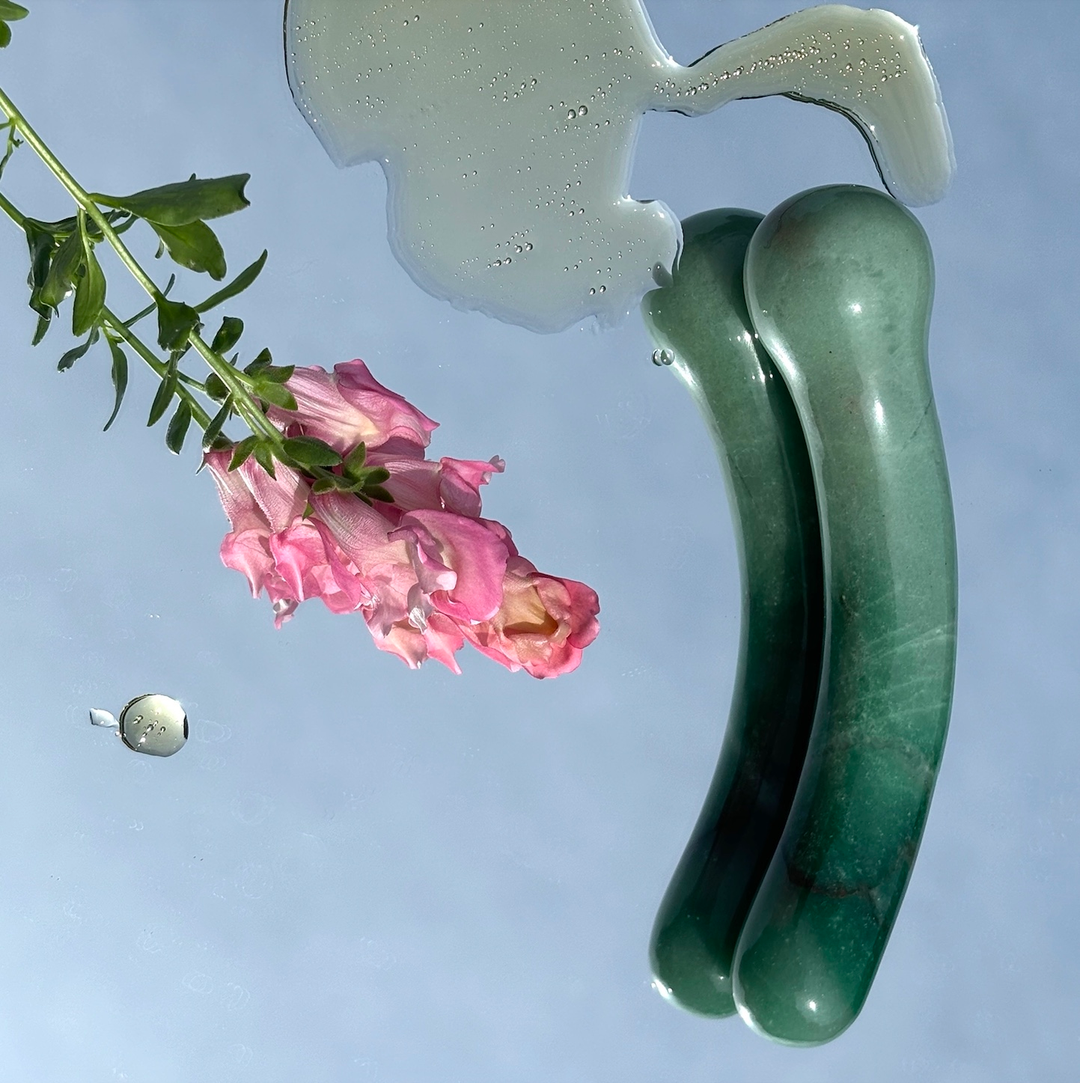
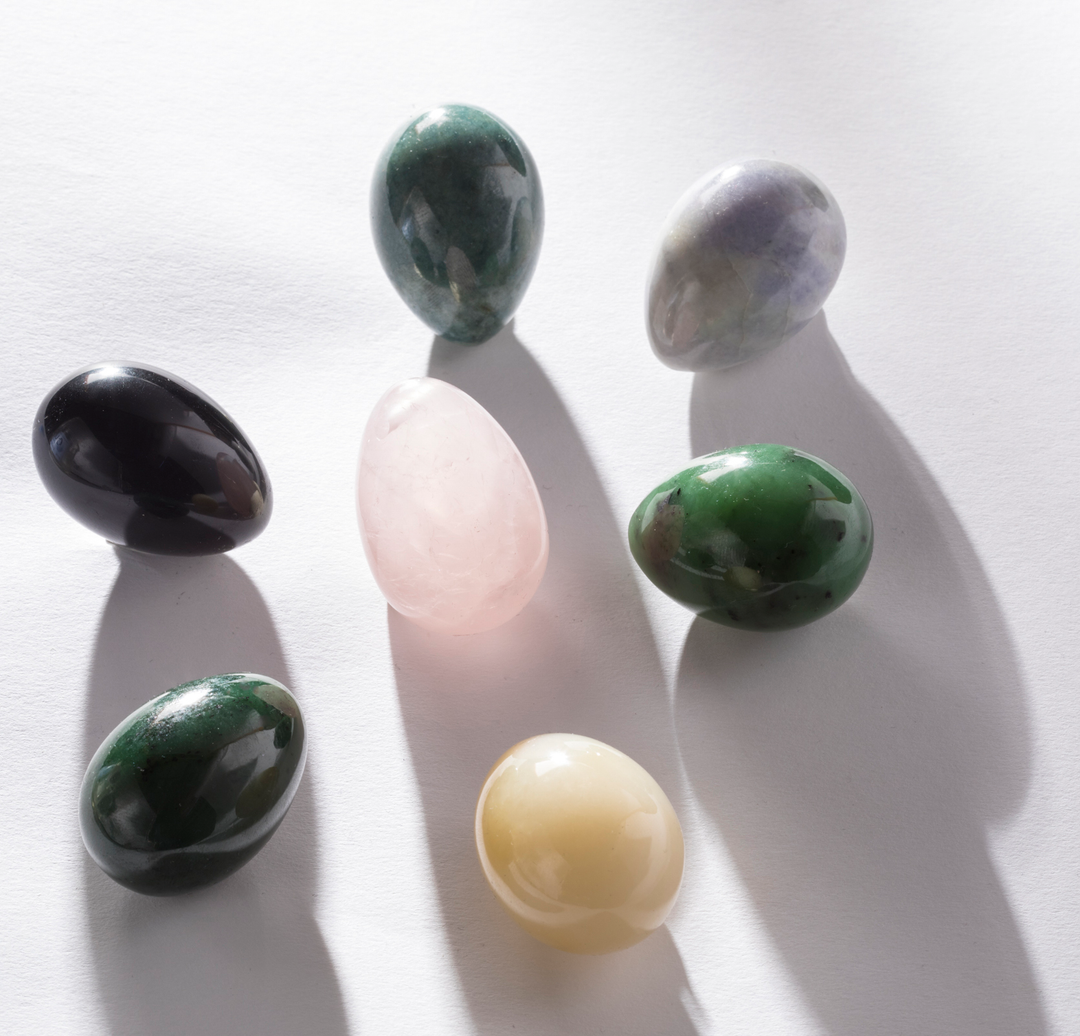
Leave a comment